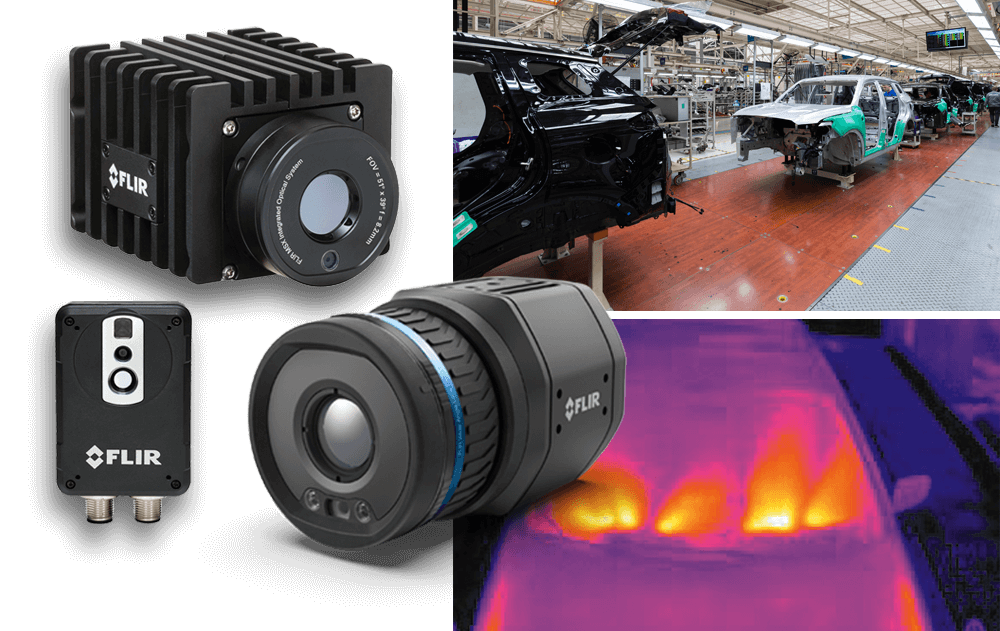#statusMessage#
Do you want to start the compare now?
#statusMessage#
Do you want to start the compare now?

With the increasing importance of renewable energies in the wake of climate change, solar energy is moving further into ...

The complexity of military radios and the often harsh weather conditions have a negative impact on the reliability of ra...

Automation with thermal imaging technology has proven to be a reliable solution for quality control in various industrie...

In diesem exklusiven Whitepaper erfahren Sie, wie Sie mit der richtigen Messtechnik arbeiten: ✔ Sie realisieren ein Test...
Manufacturer number: 783126-01
| Bustype: | PXI Express |
|---|---|
| Connection type front: | 1-Pin, Männlich SMB, 1-Pin, Weiblich SMA |
| Module width: | 3 |
| Protectively coated: | No |
| RF generator frequency range (GHz): | 250 kHz bis 10 GHz |
| Real-time bandwidth of the RF generator (GHz): | 0.12 |
| Typical tuning time of the generator (ms): | 1 |
| Warranty (years): | 1 |
| With case: | Yes |
| max. Output power: | 15 |
The PXIe-5654 module offers a combination of low phase noise and short frequency adjustment times. This makes the module suitable for applications such as receiver blocking testing and desensitization, high performance intermodulation distortion measurements, and various security and defense applications. The PXIe-5654 module meets the demanding requirements for RFIC characterization, satellite tests and radar applications. Some PXIe-5654 options include a PXIe-5696 amplitude amplifier module. The PXIe-5696 supports a frequency range from 250 kHz to 20 GHz and an extended amplitude range of up to 27 dBm.

When you decide on new measuring or testing technology, you want to be sure that you are making the right decision. That's why we not only provide you with comprehensive consultation, but also offer a wide range of training courses. Whether online, at our premises in Reutlingen or exclusively for your company.

As part of a research programme, the NI technology was confronted with a powerful opponent: microgravity. But in the fac...

One of dataTec's customers from research deals with the question of how objects behave in weightlessness. Without furthe...

Oxford University had such a big task that required thinking in very small terms. But thanks to NI's modular measurement...


